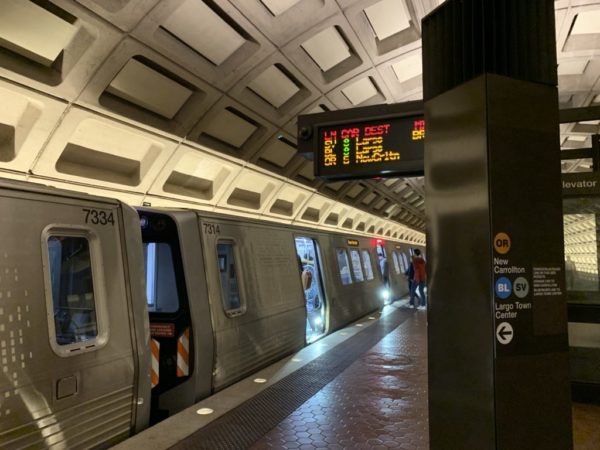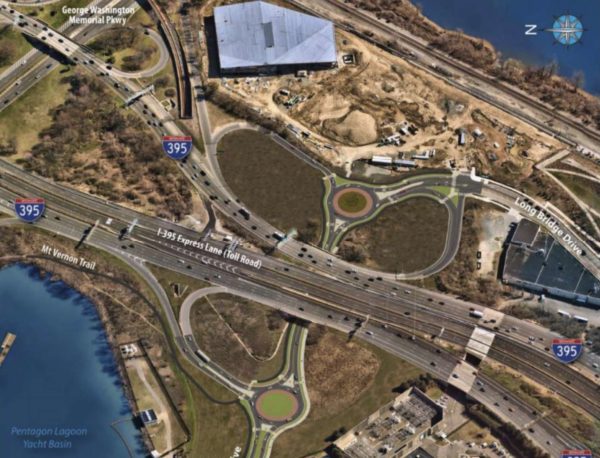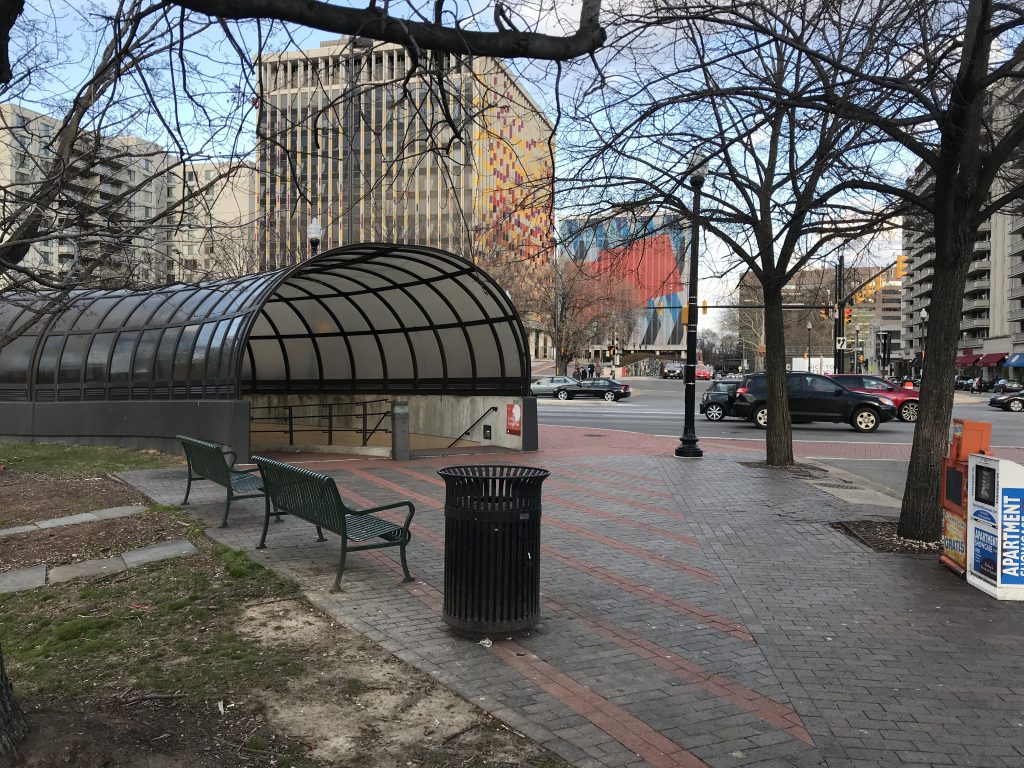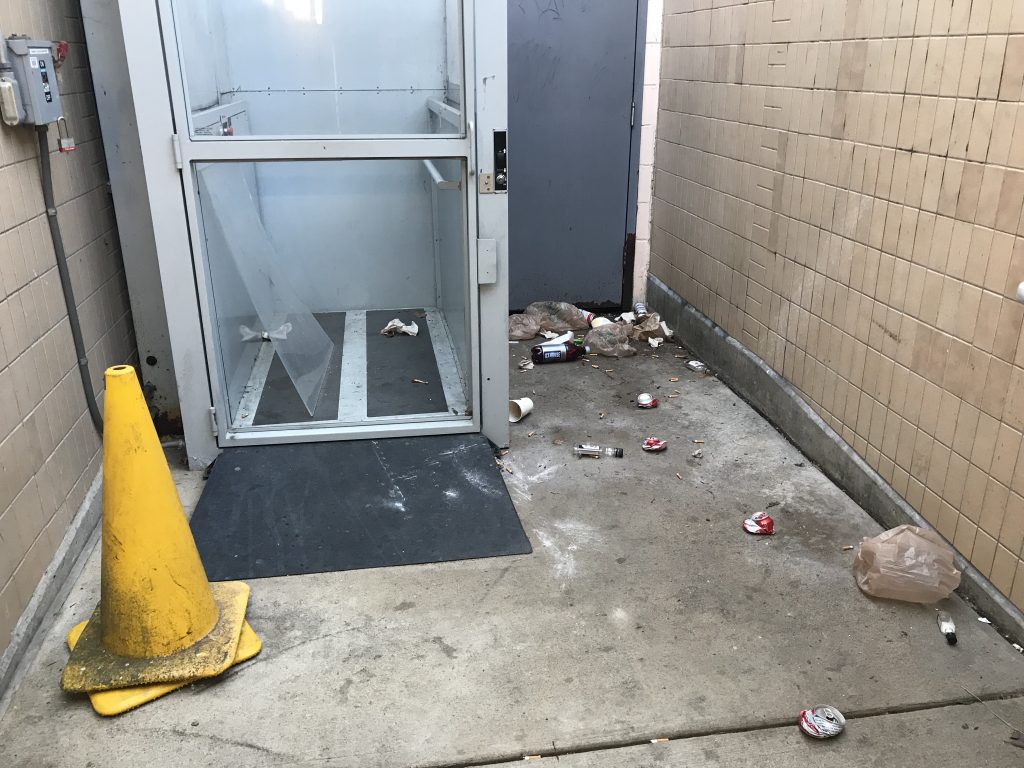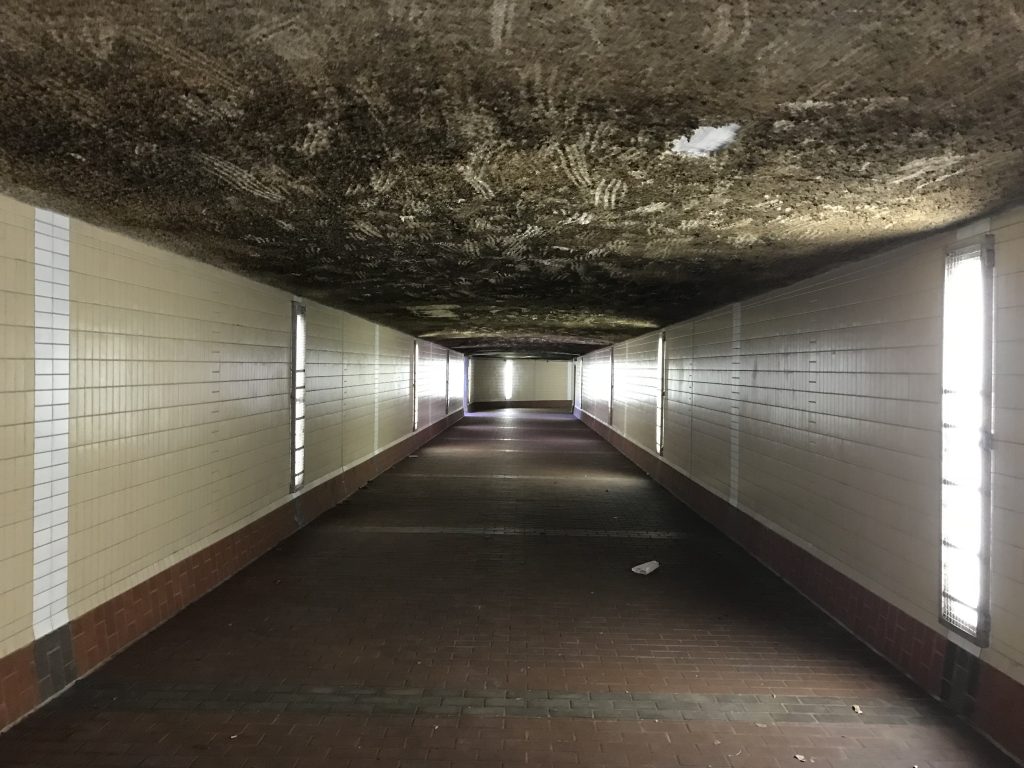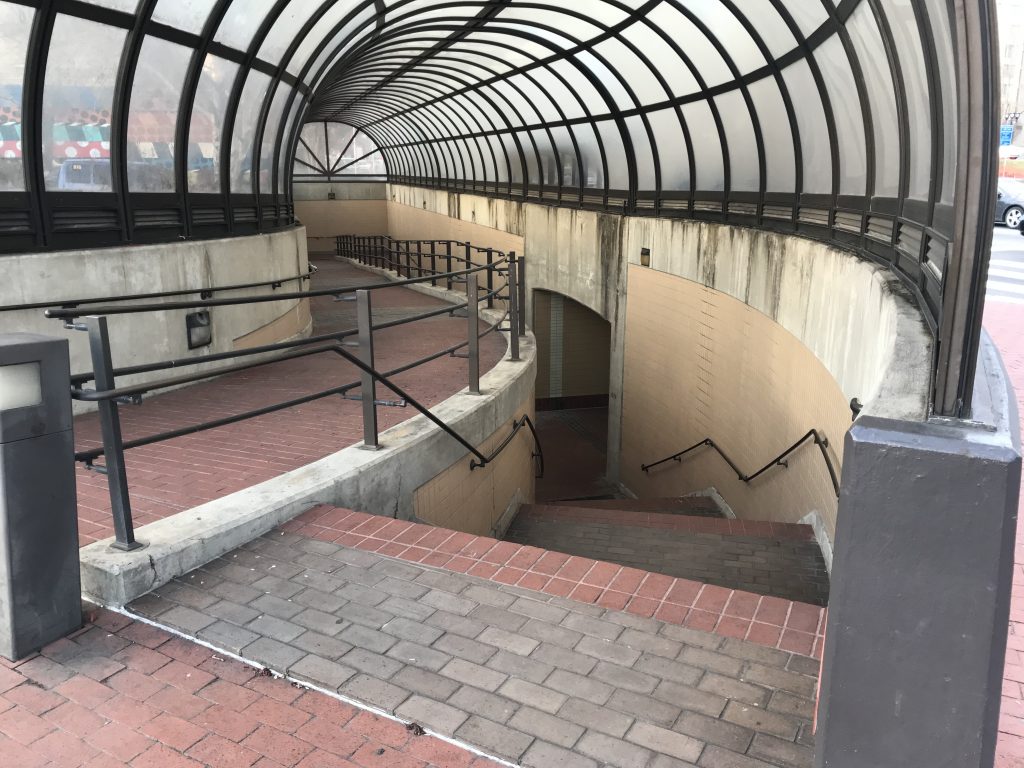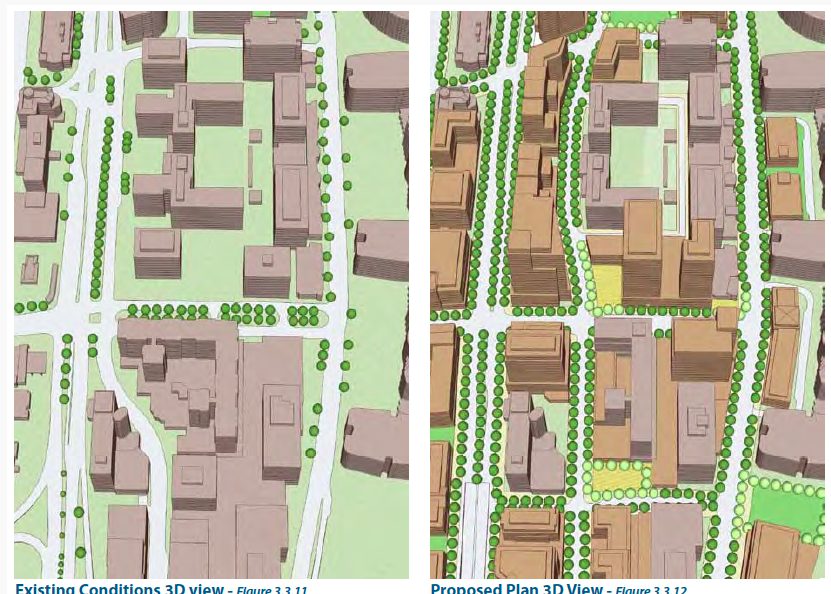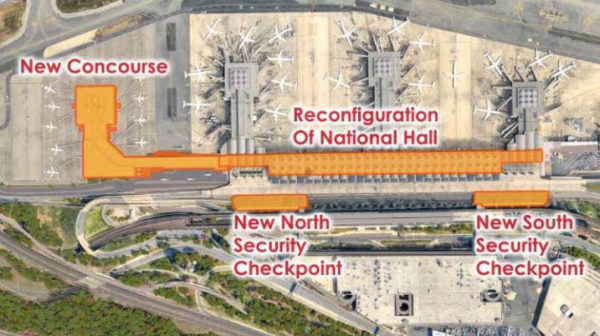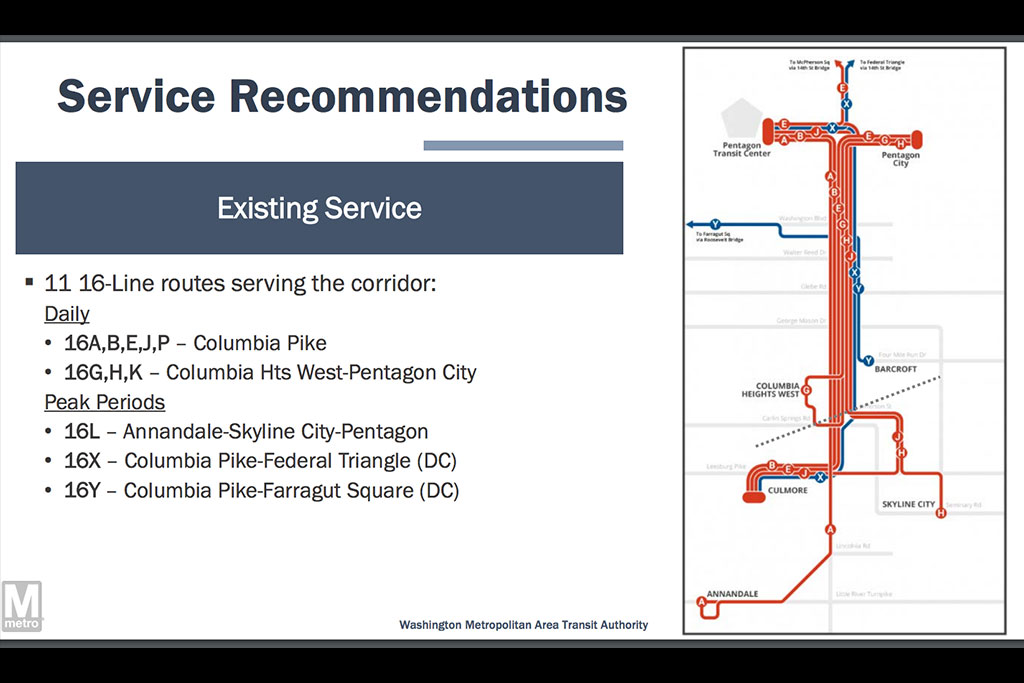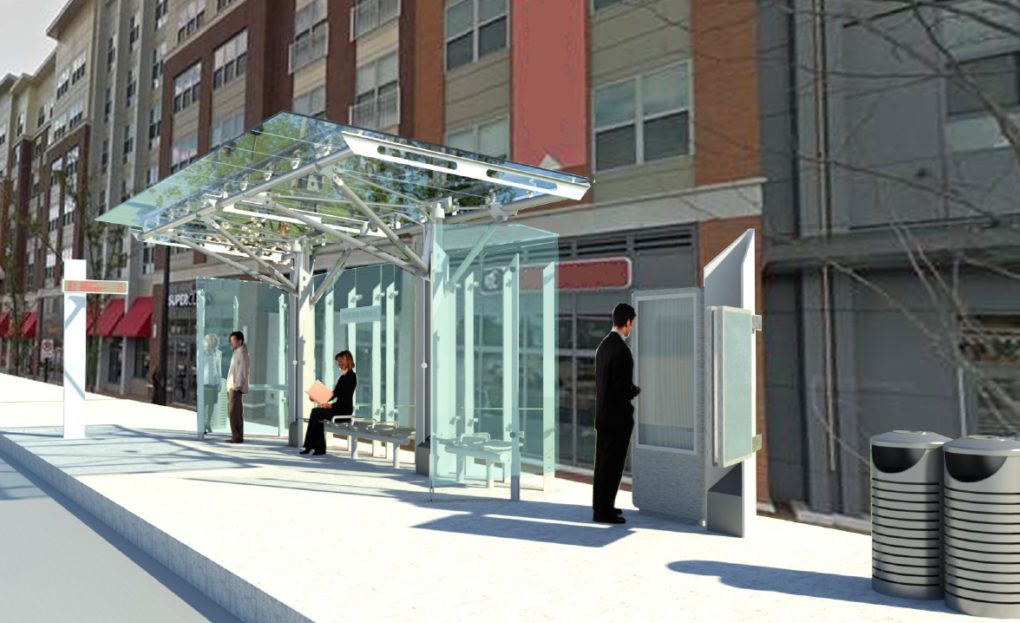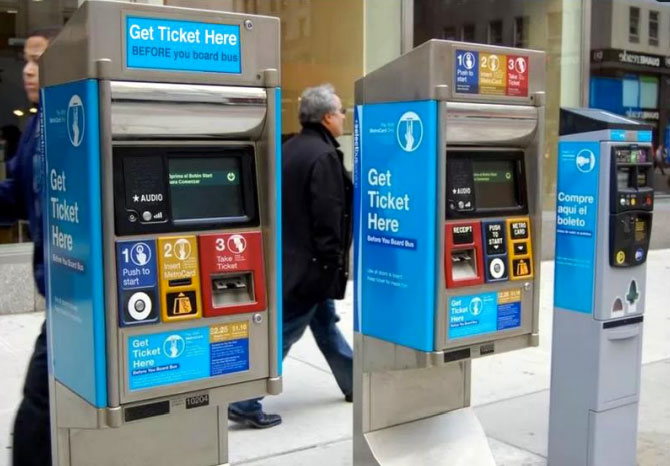President Biden’s $2 trillion infrastructure plan has added a glimmer of hope to those who would like to see an expanded Metrorail system.
The initial planning for the system in the 1960s envisioned a line down the Columbia Pike, ultimately terminating in Annandale, but the proposed line was nixed in order to save on costs. A physical remnant of the planning is a pair of stub tunnels near the Pentagon Metro station, built to accommodate a potential future Columbia Pike expansion.
Decades later, in 2019, Metro published the results of a study that suggested a number of ways to expand the capacity of the Metrorail network, including a second Rosslyn Metro station and tunnel, and a Silver Line expansion down the Pike and up Route 7.
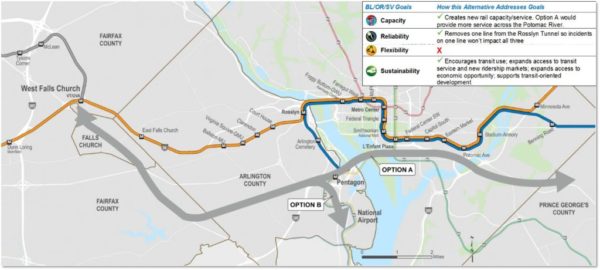
The possibility was especially enticing considering the disappointment of transit advocates following the 2014 cancellation of the planned Columbia Pike streetcar line.
While Metro faces plenty of maintenance, service, budget and ridership challenges — the latter three exacerbated by the pandemic — that hasn’t stopped some from dreaming of a world in which more local residents are within easy walking distance of a light rail commute.
Among those discussing such a possibility, given the massive infrastructure spending that would result should Biden’s plan pass, are some of Arlington’s state lawmakers.
Last session, I put in a budget amendment to study a line along Columbia Pike starting at the Pentagon connecting to East Falls Church. https://t.co/LPMWcRfeLJ
— Patrick Hope (@HopeforVirginia) April 2, 2021
Should have happened years ago https://t.co/n6z54QIPhu
— Alfonso Lopez (@Lopez4VA) April 2, 2021
Even should the stars align and federal funding become available, digging up Columbia Pike and building a new Metrorail tunnel and stations would be fantastically expensive and would likely require a decade or more of planning and construction.
The new connectivity would also result in new development, sharply higher property prices, and other big changes, which could be viewed in a positive or a negative light, depending on your perspective.
What do you think about the idea of a Metro line on Columbia Pike?


